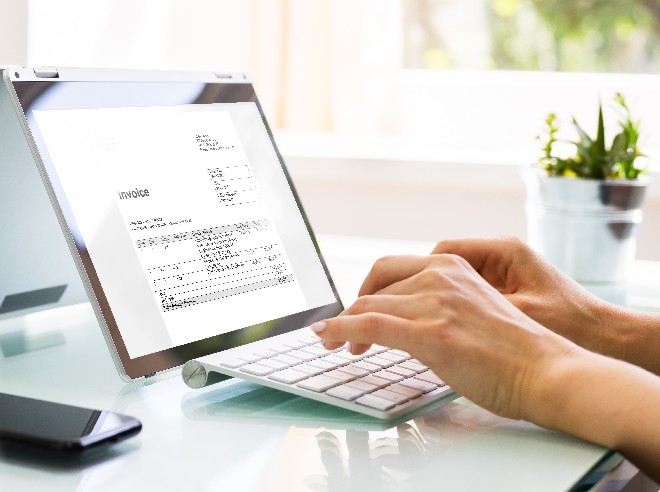Although currently there are companies that use the Electronic Invoice in Spain, it is not compulsory except in specific occasions such as with relations with Public Administration, for Subcontractors or for companies providing Specially Important Services (SET) in their B2C relationships.
With the passing of the Create and Grow Law, the obligation to implement the Electronic Invoice is extended to the B2B area where all companies and freelancers must use them in their business relations. Below, we will explain all the details.
The Create and Grow Law: Electronic Invoice






